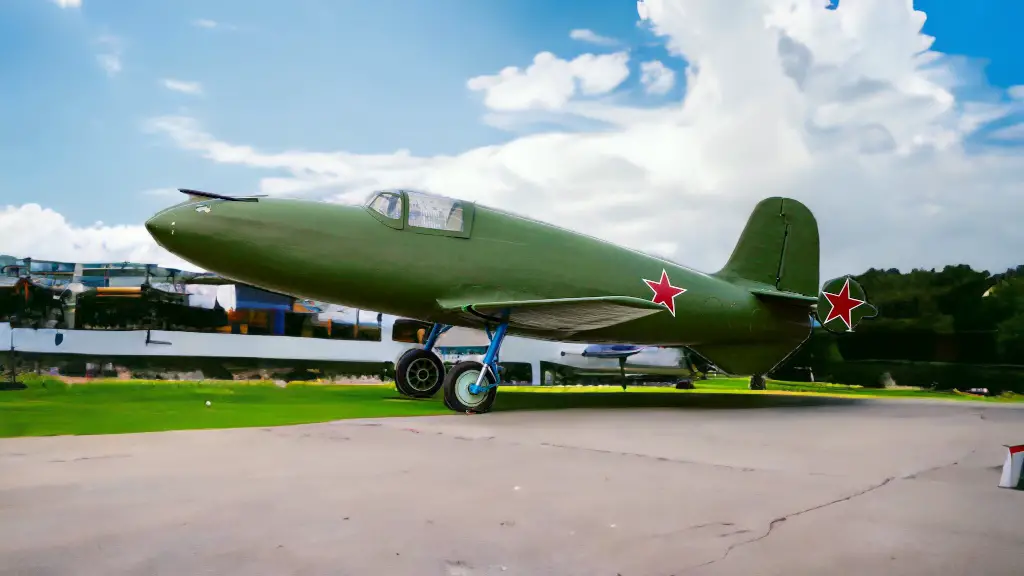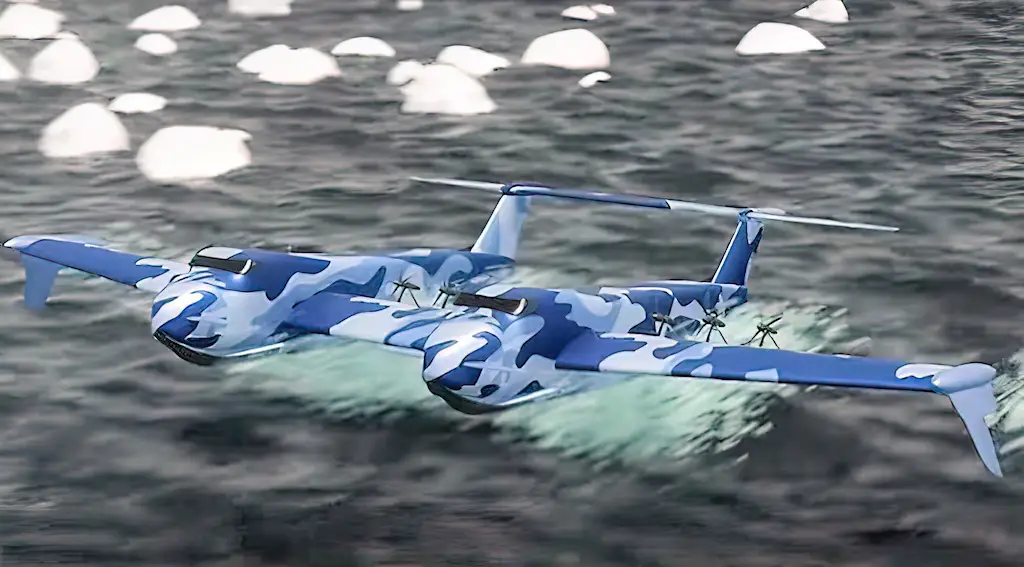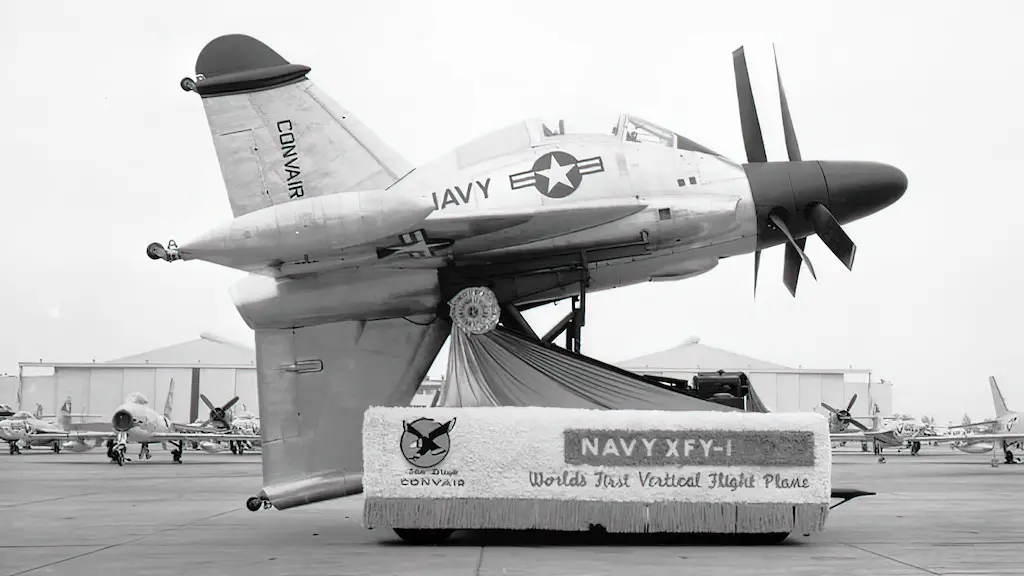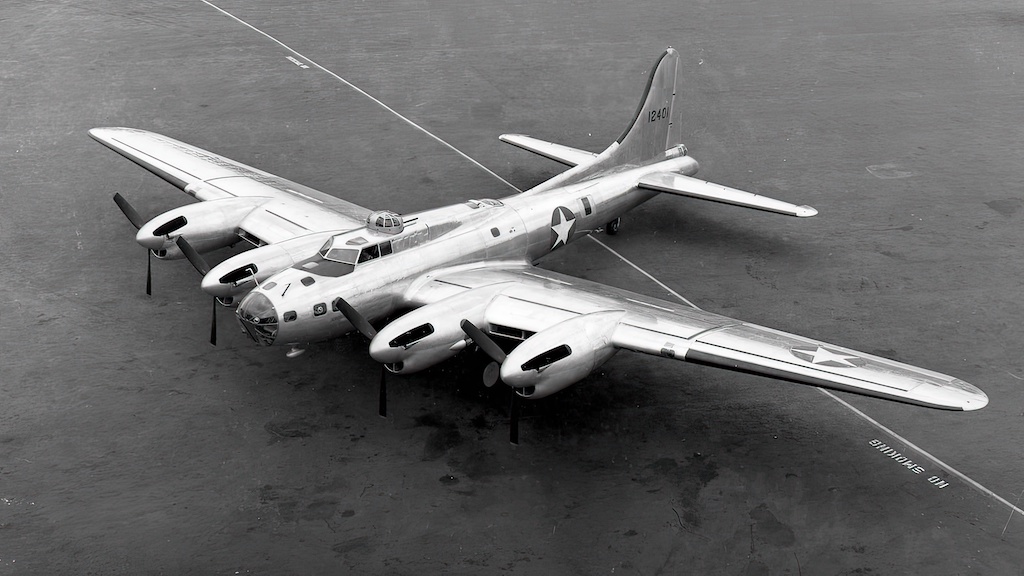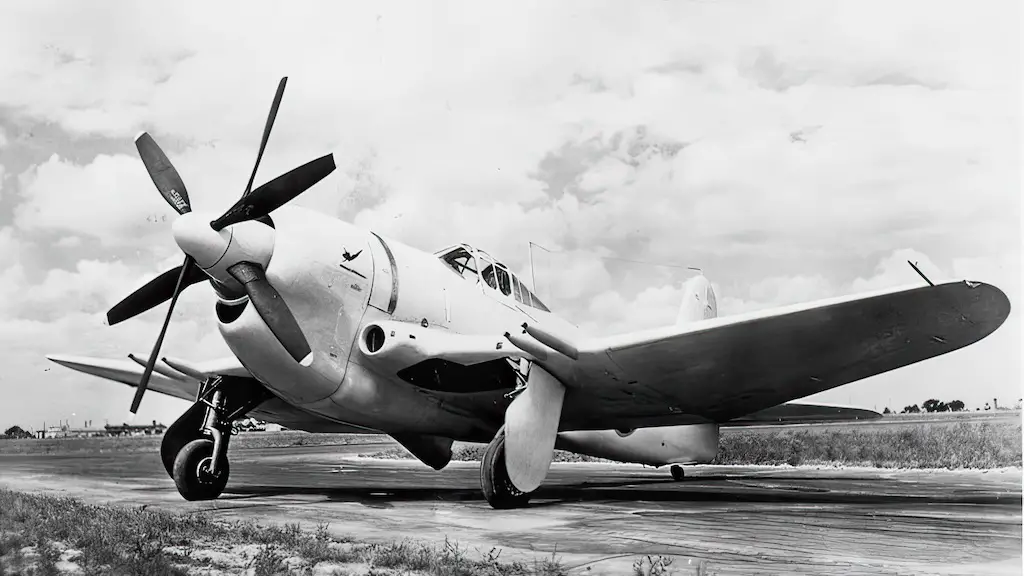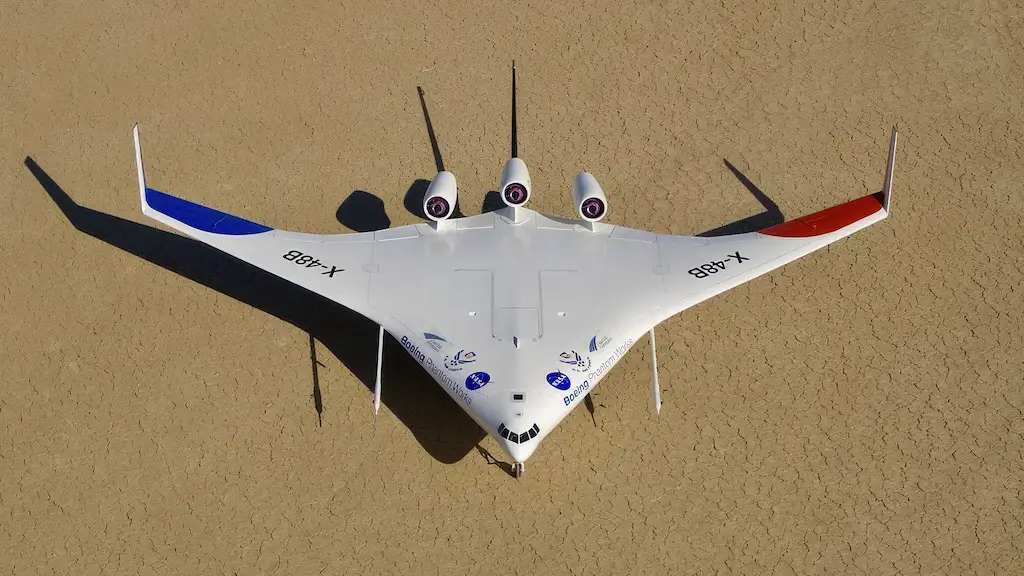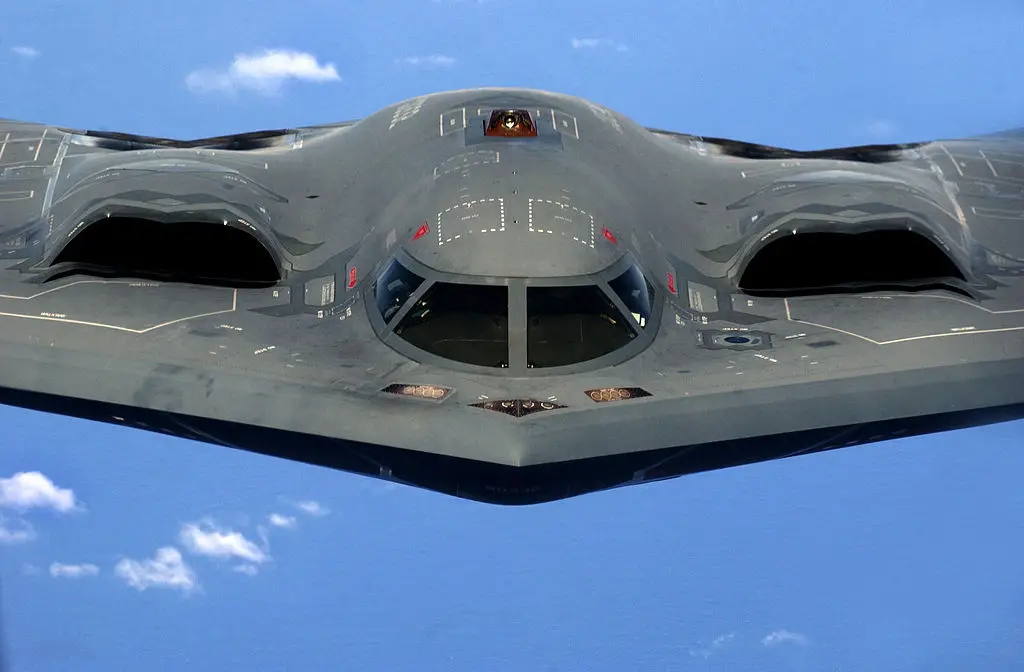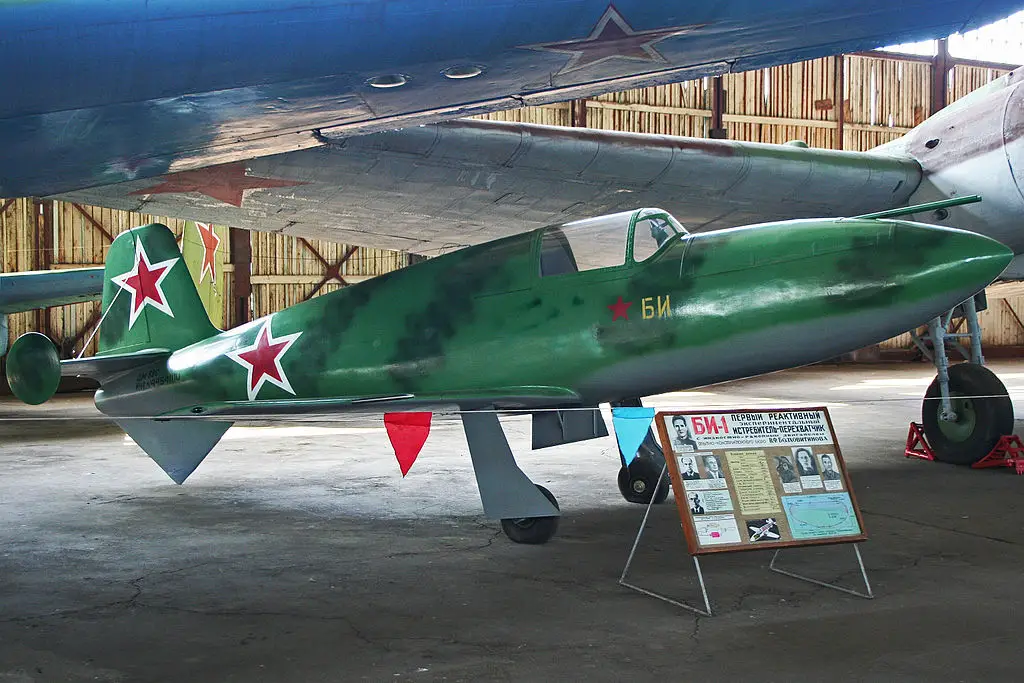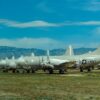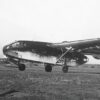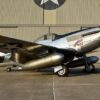The journey of rocket-powered and jet-powered aircraft has been a fascinating chapter in aviation history. Both propulsion technologies offer a glimpse into the ambitions and challenges faced by early aerospace engineers. The slow, progressive acceleration of early jet-powered aircraft on takeoff contrasted sharply with the immediate burst of speed exhibited by their rocket-powered counterparts.
A striking example of this contrast was the Bereznyak-Isayev BI-1, a Soviet rocket-powered fighter. As one of the first of its kind, the BI-1 soared into the sky with an astonishing vigor, almost as if it defied gravity. This immediacy of thrust, however, came at a cost. Unlike jet fighters, which gathered momentum and increased their pace over time, rocket-powered machines like the BI-1 had limited endurance. After the initial thrust, these aircraft often shifted to glider-like unpowered flight, making the most of the altitude and momentum gained from the rocket’s boost.
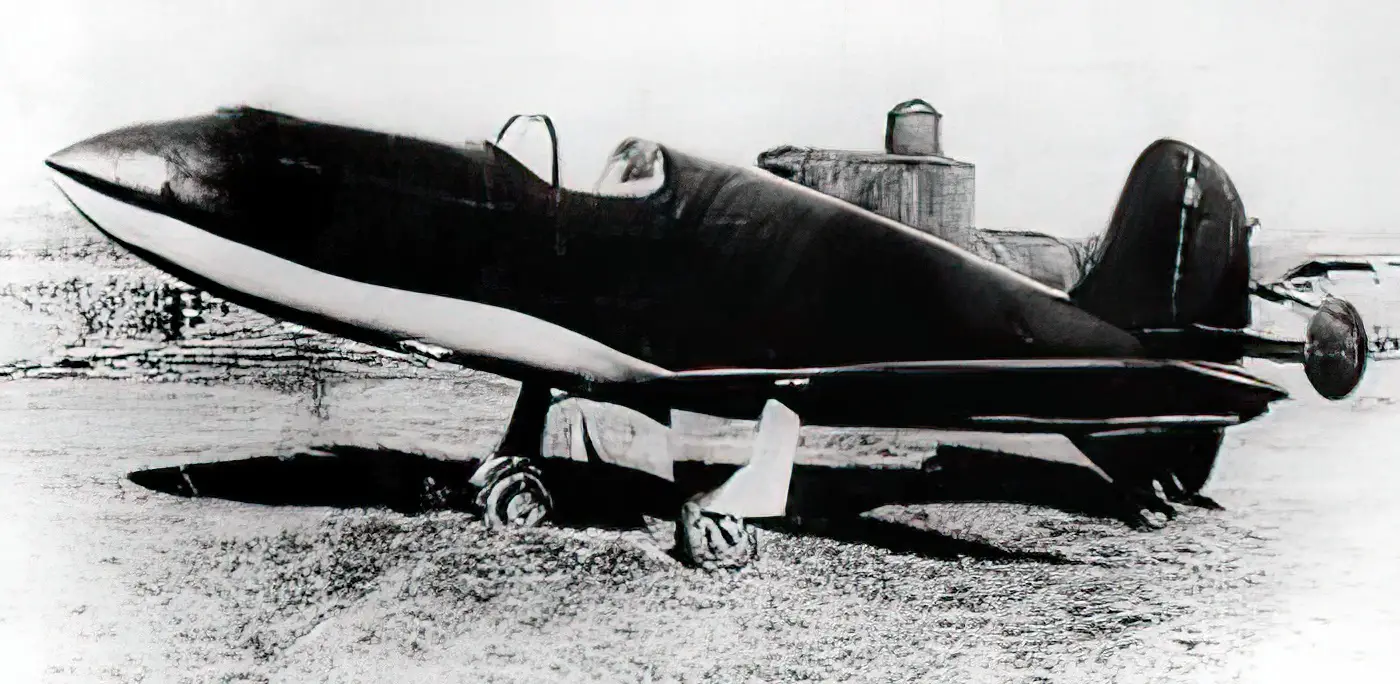
Rocketing Into History
The early 1940s painted an ambitious picture for the Soviet Union’s aerospace aspirations. Eager to claim a stake in stratospheric flight, luminaries such as Sergey Korolev began researching rocket-powered aircrafts as early as 1932. By 1940, this quest culminated in Korolev’s RP-318-1 rocket aircraft’s successful flight, fueling further interest in high-speed stratospheric pursuits.
Energized by the developments, Viktor Fedorovich Bolkhovitinov, an aircraft designer, along with two brilliant minds, A. Ya. Bereznyak and A. M. Isaev, embarked on what they called “Project G.” Their dream? An aircraft built mostly of plywood and duralumin, capable of vertical climbs, propelled by a powerful rocket engine.
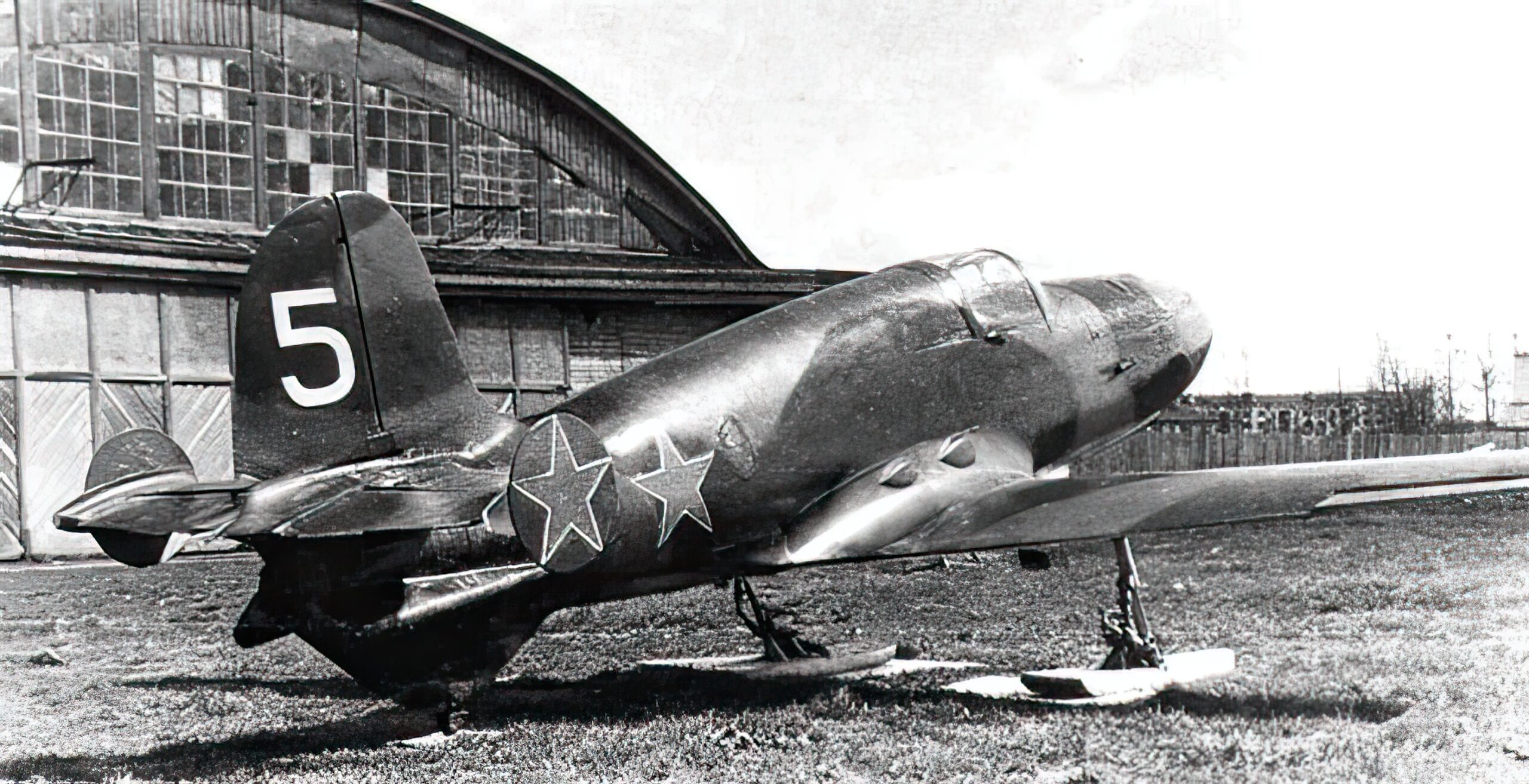
Challenges and Triumphs
Crafting an engine worthy of their dream wasn’t straightforward. Leonid Dushkin was tasked with designing an engine that would deliver impressive thrust using tractor kerosene and red fuming nitric acid. While the desired 13.74 kN thrust proved elusive, Dushkin’s D-1-A-1100 promised a substantial 10.8 kN. The engine’s design featured innovative elements, such as a turbine propellant pump that utilized rocket propellants mixed with water. Yet, it wasn’t without its challenges, demanding further innovation and refinement.
While the team grappled with the engine, the world was changing around them. World War II erupted, and suddenly, the BI-1 project took on new importance.
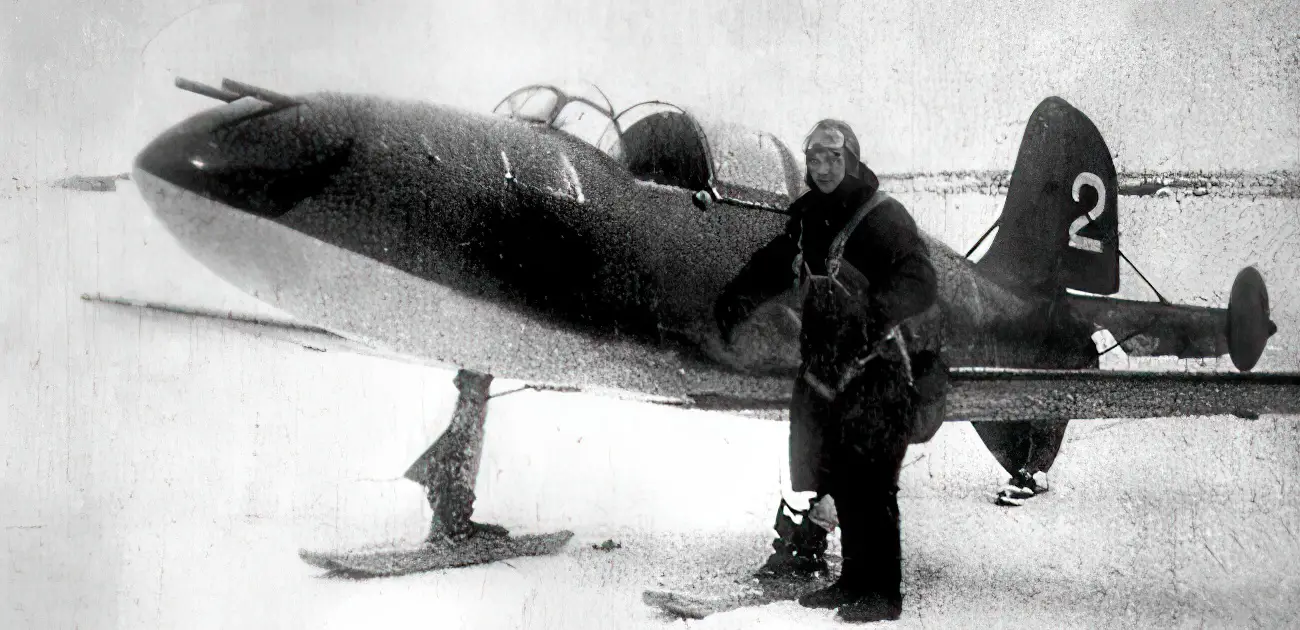
Racing Against Time: The BI-1’s Formation
The winds of war intensified the project’s significance. Recognizing the strategic advantage a rocket-powered interceptor could provide, the project was pushed into overdrive. Bereznyak and Isaev churned out a detailed design in a mere three weeks. Following a nod from Stalin himself, they were given a mere 35 days to bring the BI-1 to life.
In those frenetic weeks, the BI-1, named for its inventors, took shape. It transformed from sketches to a tangible 6.4 m long monoplane with a 6.5 m wingspan. Its heart, the D-1-A-1100 engine, sat ready to be throttled and push the BI-1 to its limits.
First Flights and War-Induced Relocation
September 1941 saw the BI-1’s completion. It was ready for gliding tests. But with Moscow’s war industry being evacuated to the Urals, Bolkhovitinov’s team found themselves setting up shop near a frozen lake in Bilimbay. Despite challenges, including an engine explosion in February 1942, the team pressed on.
The history of the Bereznyak-Isayev BI aircraft’s expeditions offers an intriguing glimpse into the development and challenges faced during rocket-powered flights. Throughout its tenure, the BI took to the skies under power on 12 distinct occasions. Initially, on 2 May 1942, the BI-1, piloted by Bakhchivandzhi, flew with a modest 4.9 kN thrust from Dushkin’s D-1-A-1100 engine, barely lifting off at 1 meter. This experimentation with the D-1-A-1100 engine continued in seven of its flights, achieving notable success on 15 May 1942, where the BI-1 soared to 840 meters at speeds up to 400 km/h.
Another memorable flight was on 27 March 1943, where the BI-3, again under Bakhchivandzhi’s command, using the same engine, propelled itself to speeds exceeding 800 km/h at an altitude of 2,000 meters. Meanwhile, the DM-4 ramjets were employed three times, and on two occasions, the BI utilized Isaev’s RD-1 rocket engine, one of which was on 24 January 1945 where the BI-7, with Kudrin at the helm, climbed to 1,250 meters reaching speeds of 587 km/h. These flights, varying in their thrust, altitude, and speed, stand as monumental strides in the journey of rocket-powered aviation.
Legacy Interrupted
March 27 witnessed a tragic event. During a test flight, BI-1, piloted by Grigory Yakovlevich Bakhchivandzhi, went into a 45-degree dive and crashed, claiming Bakhchivandzhi’s life. Surprisingly, this was enough for the Soviets to cancel the program altogether. However, a more likely factor leading to the cancelation of the project was the advancements made in jet aircraft technology, rendering the rocket-powered flight less necessary.

